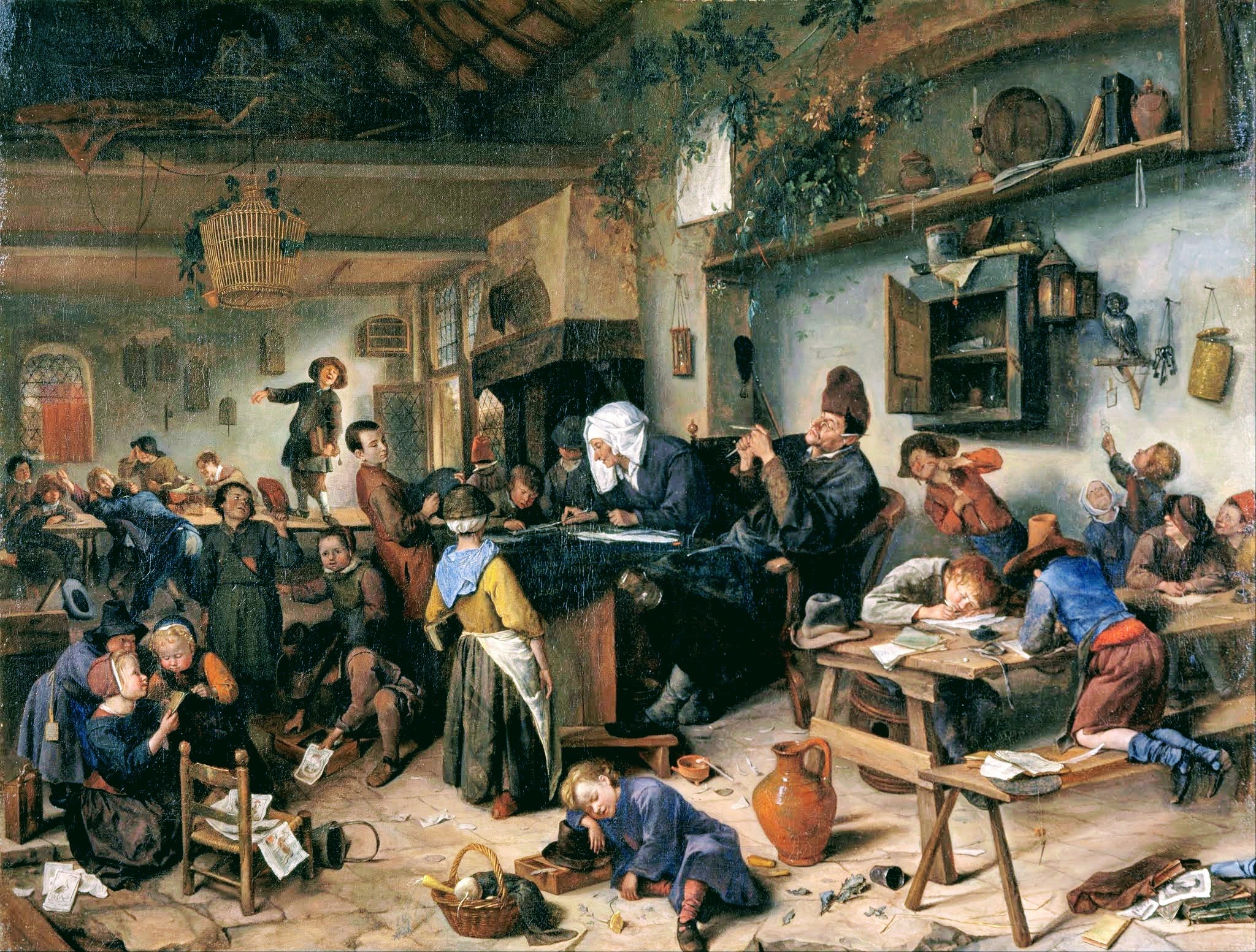Fundamentally, all human beings learn in similar ways. The idea that people may learn more or less depending on their own particular visual, auditory or kinesthetic preferences is the most popular and influential myth in neuroscience. It was even called a "neuromyth" by Paul Howard-Jones, a professor of neuroscience and education at Bristol University, in a 2014 paper. A concept characterized, according to Howard-Jones, by the misunderstanding, misreading or misquoting of scientific facts.
Another example of strong and persistent neuromyth is the one pretending that, in general, people would only use 10% of their brain. However, the learning styles myth seems to be the king: “Perhaps the most popular and influential myth is that a student learns most effectively when they are taught in their preferred learning style,” wrote Howard-Jones. Despite the fact that this theory is unfounded, a lot of papers in current research literature advocate to follow it. A regrettable situation that undermines the statute of education as a research field and probably has a negative effect on students.

A School for Boys and Girls, by Jan Steen (Google Art Project - Wikimedia Commons - w/Effects)



